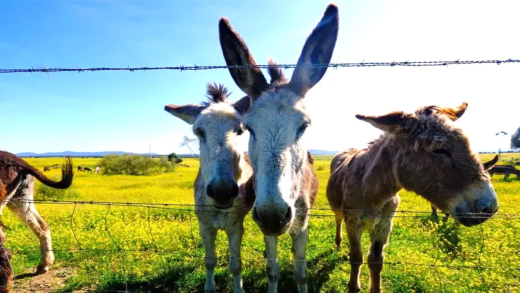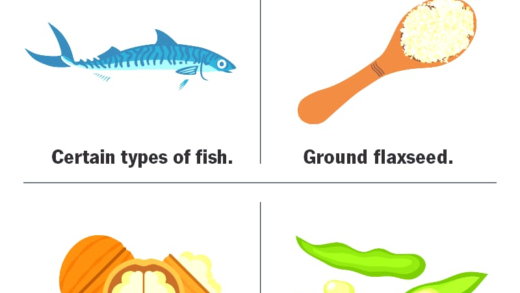The article explores the largest lobster ever caught, its weight, and the location of the catch in Nova Scotia, Canada. It highlights the significance of this catch in understanding marine ecosystems and the factors that contribute to the growth of lobsters.
Largest Lobster Ever Caught
The largest lobster ever caught weighed an astounding 44 pounds. This colossal crustacean was caught off the coast of Nova Scotia, Canada, back in 1977. Imagine pulling up a creature that’s heavier than a small dog! This remarkable catch has piqued the interest of seafood lovers and marine biologists alike.
Record-breaking lobsters like this one are fascinating not just for their size but also for what they tell us about marine ecosystems. The size of lobsters can indicate the health of their habitat. In areas where lobsters thrive, it often means the environment is conducive to their growth and reproduction.
Additionally, such giant lobsters are rare. They usually don’t reach this weight due to various factors such as predation, fishing, and their average lifespan. While the average lifespan of a lobster can exceed 50 years, many do not survive long enough to reach such impressive sizes.
Overall, the largest lobster ever caught serves as a reminder of the wonders of the ocean and the incredible biodiversity it holds. Understanding the factors that contribute to the growth of lobsters can help in the conservation efforts for these fascinating creatures.
Weight of the Largest Lobster
The largest lobster ever caught weighed a staggering 44 pounds. That’s right! This behemoth isn’t just a fraction heavier than your average cat; it’s a whole new level of seafood heavyweight. To put it in perspective, lobsters over 20 pounds are considered quite rare, and those tipping the scales at 44 pounds are practically legendary.
So, how do lobsters grow to such massive sizes? Several factors contribute to the weight of lobsters:
- Age: Lobsters can live for over 50 years, and with age comes size. The longer they live, the larger they can grow, provided they survive natural threats.
- Environment: Healthy habitats with ample food sources lead to larger lobsters. Areas with clean water and abundant marine life support robust growth.
- Species: European lobsters (Homarus gammarus) and American lobsters (Homarus americanus) can both reach impressive weights, but their growth patterns and maximum sizes can differ. American lobsters tend to grow larger on average.
For context, the average lifespan of a lobster is around 7 to 10 years, but those that manage to escape predators and fishing traps can become giants. This is why conservation efforts are critical; they help maintain healthy populations, allowing more lobsters to reach their full potential.
In summary, the weight of the largest lobster isn’t just a number; it reflects the health of our oceans and the delicate balance of marine ecosystems. Understanding how lobsters grow large can help us appreciate these fascinating creatures even more.
Location of Largest Lobster Catch
The largest lobster ever caught was found off the coast of Nova Scotia, Canada. This remarkable catch took place in 1977, making it a historic moment for both fishermen and seafood enthusiasts. Nova Scotia is well-known for its rich marine biodiversity, which includes a variety of seafood, especially lobsters.
In terms of geography, Nova Scotia is surrounded by the Atlantic Ocean, providing an ideal habitat for lobsters to thrive. The waters around the province are often nutrient-rich, which contributes to the growth of these crustaceans. The cold waters of the Atlantic, combined with the abundance of food sources, create a perfect environment for lobsters to reach impressive sizes.
Interestingly, the region is famous for its lobster fishing industry, with numerous lobster traps dotting the coastline. Fishermen in Nova Scotia have been catching lobsters for generations, and the practice is deeply embedded in the local culture. The popularity of lobsters in coastal regions, especially in areas like Nova Scotia, highlights the importance of sustainable fishing practices to ensure that future generations can enjoy these delicious seafood delicacies.
In summary, the location of the largest lobster catch is a testament to the rich marine environment of Nova Scotia, where the combination of cold waters and abundant food sources allows lobsters to grow to extraordinary sizes. This area continues to be a hub for lobster fishing, attracting seafood lovers from around the world.





Comments are closed.